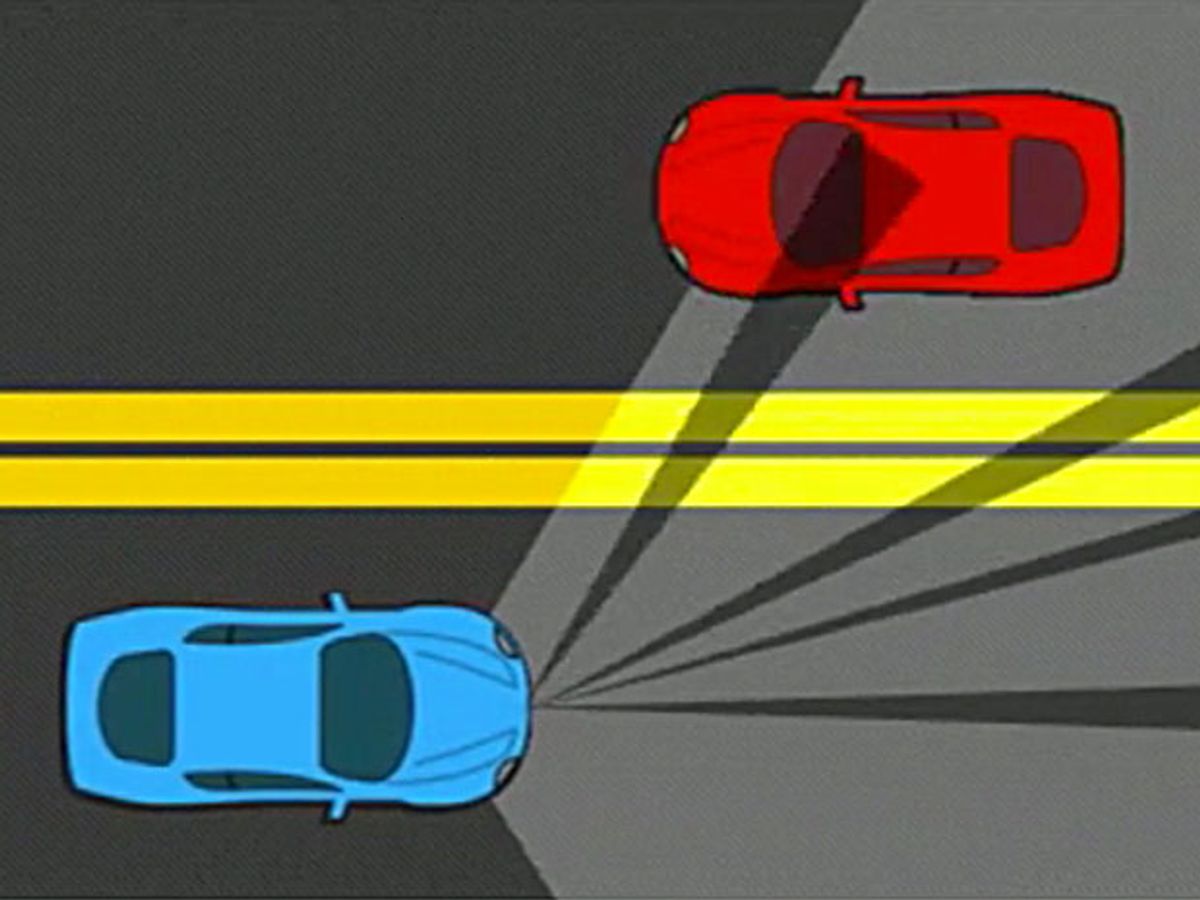High beams are meant to light up dark paths and allow drivers to safely navigate through the night. Of course, any driver knows the presence of oncoming cars or heavy rain and snow make high beams useless and potentially dangerous. But programmable headlights that sense surrounding objects could allow drivers to use their high beams without blinding surrounding drivers or being blinded themselves by glare during inclement weather.
These “smart” headlights, developed by engineers in at Carnegie Mellon University’s Robotics Institute, blackout small parts of the beam that would otherwise cause problems for the driver. For example, the headlights can track oncoming vehicles and block light that could blind those drivers. They’re even precise enough to track precipitation and block out narrow slivers of light that could reflect off raindrops or snowflakes and cause glare.
Instead of a conventional headlight or cluster of LEDs, the research team chose to develop the system using a digital light processing (DLP) projector, a MEMS technology originally developed by Texas Instruments in the late 1980s. In a DLP system, thousands (or sometimes millions) of microscopic mirrors—each controlling an individual beam of light—are laid out on a MEMS chip that actuates the mirrors. The CMU researchers modified the system to have more programmable control over the mirrors and the light each one reflects.
In the CMU invention, a camera senses objects in front of the car, and the millions of individual light beams are automatically adjusted to dim or brighten, depending on what the computer deems most appropriate. With a latency of between 1 and 2.5 milliseconds, the system reacts to environmental changes almost instantly.
The headlight system is also designed to highlight traffic signs or lane markings that might be obscured, and can even work in concert with a navigation system to better direct drivers on the road.
Automakers have been developing better headlight systems for some time now. (BMW even developed laser-powered headlights.) However, “most of these are one-off systems… with different headlights required for different specialized tasks,” Srinivasa Narasimhan, a professor of robotics at Carnegie Mellon and one of the researchers who developed the programmable system, said in a press release. “We can do all this and more with the same headlight.”
The researchers reported their findings to the European Conference on Computer Vision in Zurich, Switzerland, on 10 September. As of now, trucks and buses are the only vehicles large enough to use the smart headlights, but the research team hopes to soon make versions small enough for installation on most light vehicles.



